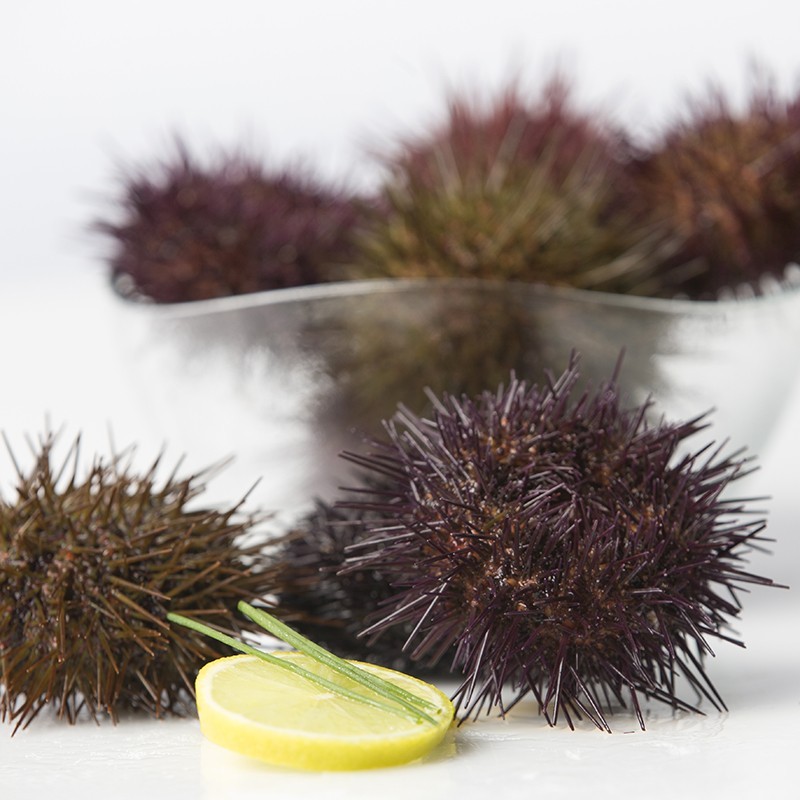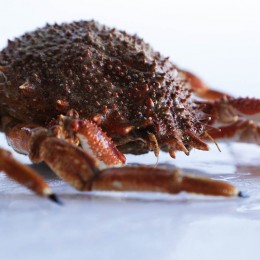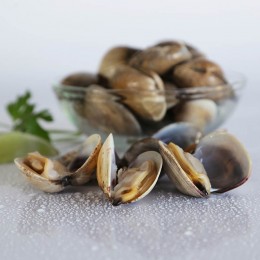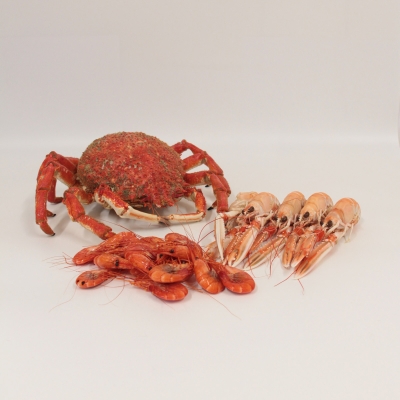The common sea urchin (Paracentrotus lividus) belongs to the group of marine animals called ‘echinoderms’ (such as starfish, anemones or sea cucumbers), whose main characteristic is the absence of arms, so they have a globular shape, more or less flattened on their oral-aboral axis.
Each animal has 5 edible gonads that develop during the summer and autumn, mature in winter to spawn in spring and summer. Most sea urchins are caught in Galicia, although it is in Asturias where they are most widely consumed.
The sea urchin has a skeleton with large, welded plates, forming a hard, compact shell from which the sharp spikes emerge. They are dark in colour, tending towards black, green and violet. They feed on all types of organic matter, animal or vegetable, although they show a preference for different types of algae, being considered true herbivores that regulate the biomass of marine algae. It is marketed during the months of October to May, when the gonads reach their maximum development.
The sea urchin is an interesting food in the diet of any sportsperson, an ingredient to be taken into account for good muscle development and functioning. It also provides minerals and vitamins, including the presence of iron, iodine and vitamin A.
Sea urchins are a real delicacy with an intense taste of the sea. They can be eaten raw with a splash of lemon or wine, or they can be used in salads and other dishes.When cooked, they are also great for adding their flavour to scrambled eggs, au gratin, fish sauces, etc.

























